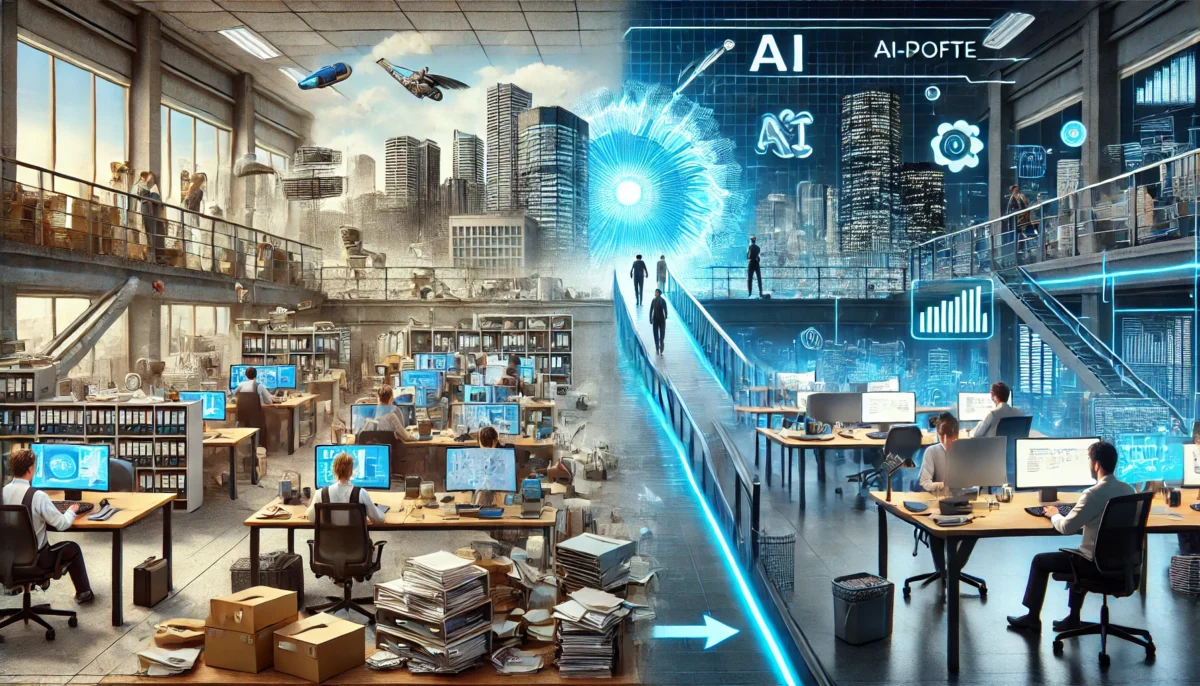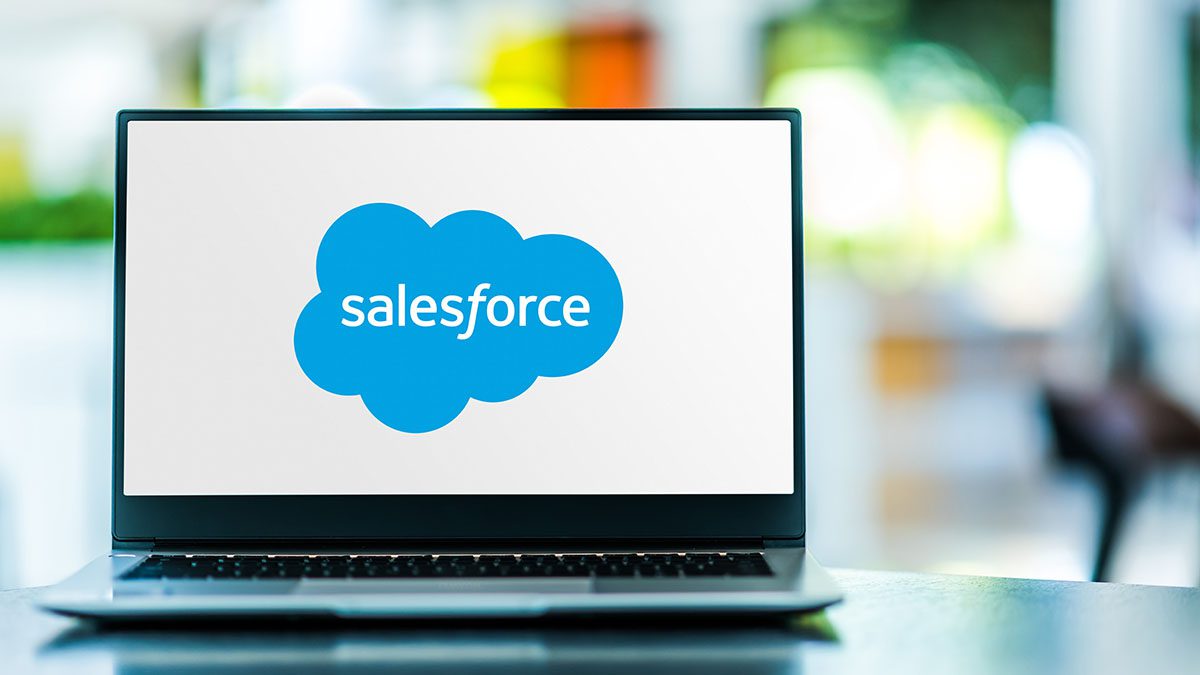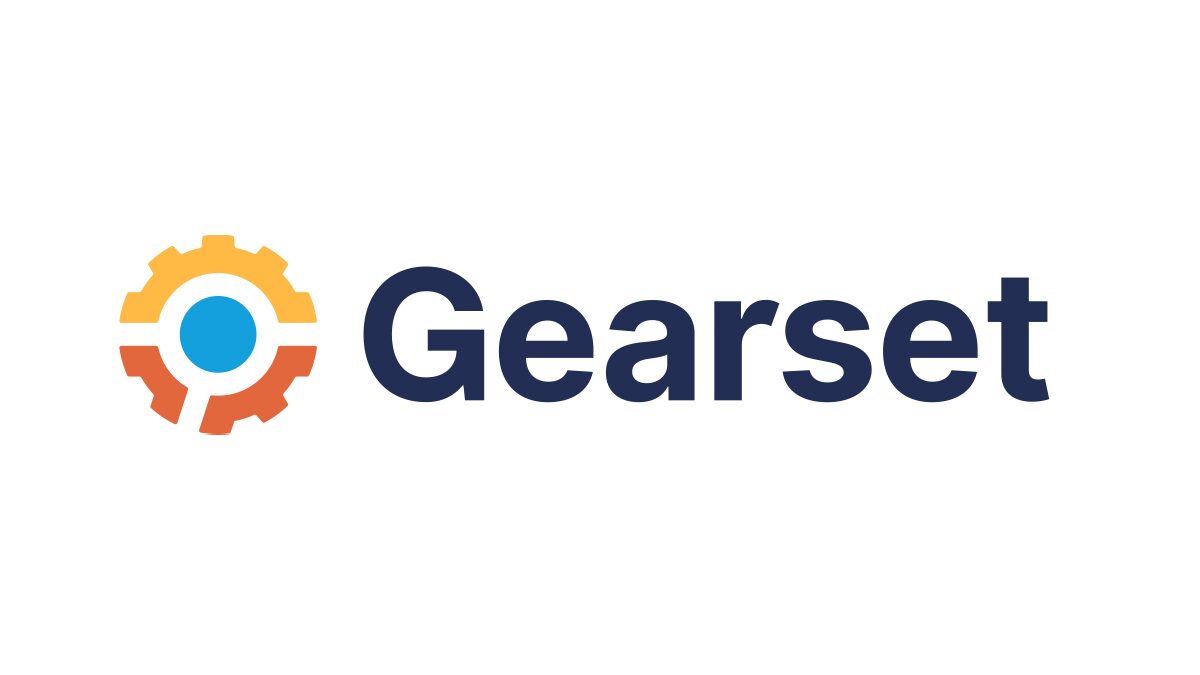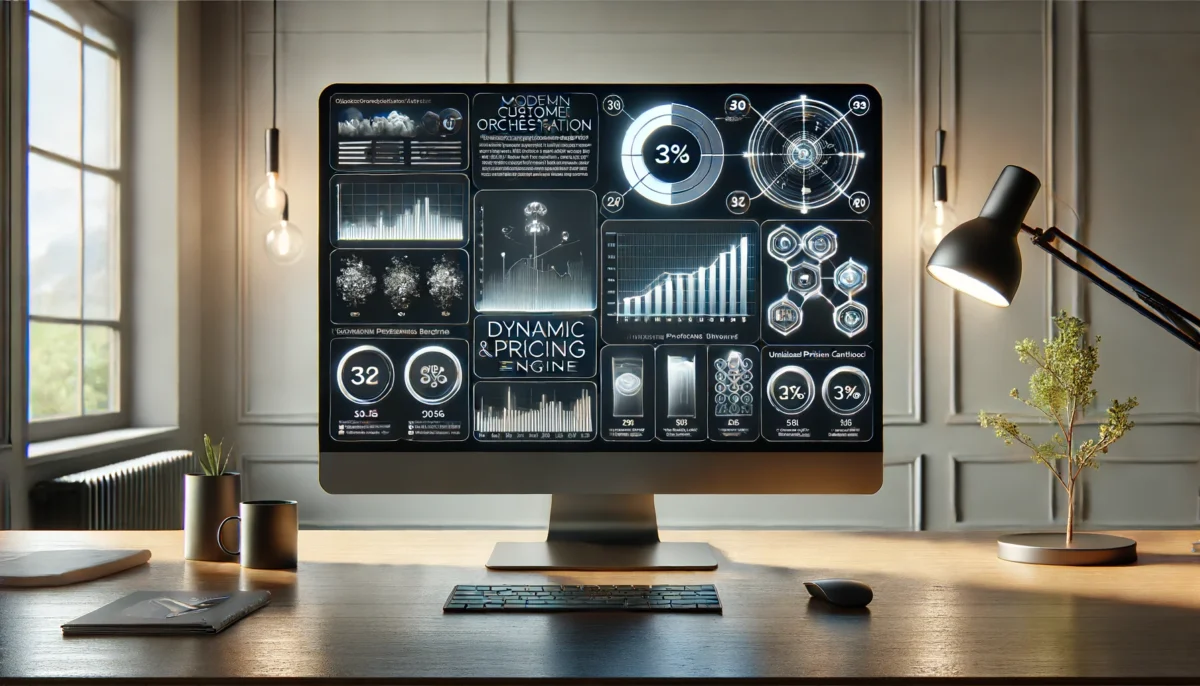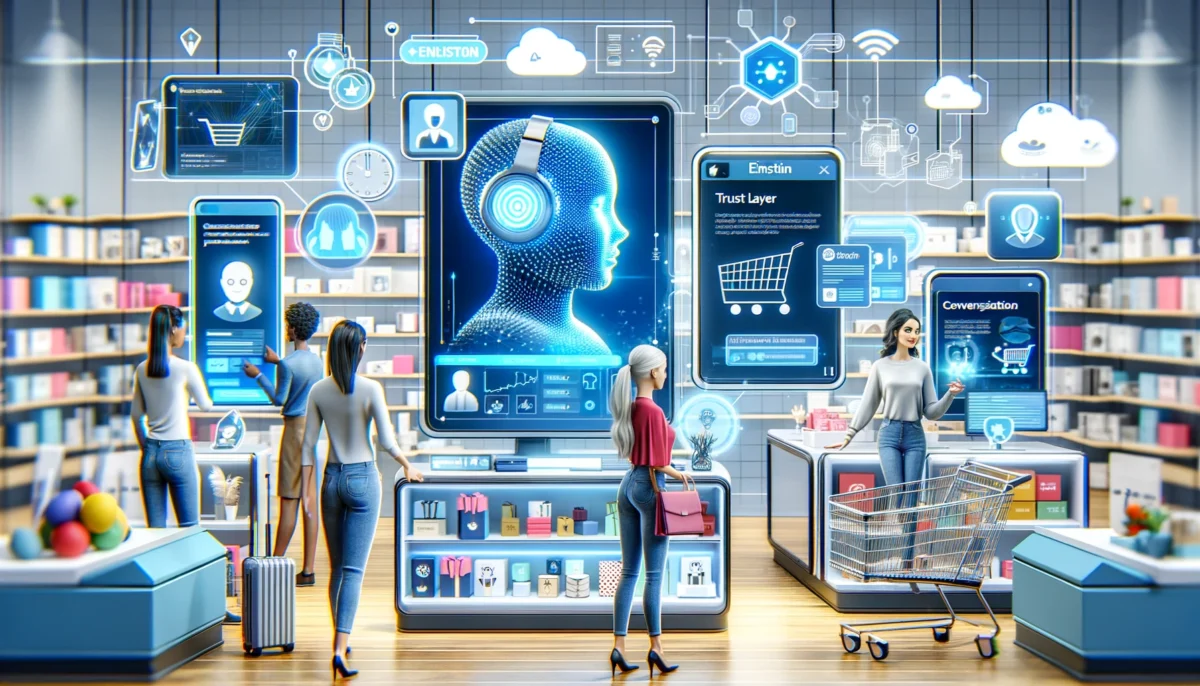MuleSoft Unveils AI-Powered Tools, Crossing The New Digital Divide
In a move that underscores the urgency of digital transformation, MuleSoft, a Salesforce company, has announced two major releases aimed at propelling businesses into an AI-enhanced future. These tools are not just innovations; they are lifelines for companies racing to cross what is being called “the new digital divide.”
In an interview with SalesforceDevops.net, Andrew Comstock, VP of Product Management at MuleSoft, emphasized the critical nature of these advancements: “Businesses today aren’t just competing on products or services. They’re competing with their ability to leverage AI and real-time data. Those who can’t keep up risk falling into a new digital divide that could determine their very survival in the coming years.”
Table of contents
MuleSoft AI Upgrades
MuleSoft’s latest releases focus on two key areas: AsyncAPI support and AI-powered composability. These upgrades are designed to accelerate digital transformation and improve IT productivity:
- AsyncAPI Support: This new feature simplifies connections with popular message brokers and queues like Kafka and MuleSoft’s Anypoint MQ. It enables more efficient real-time integration, supporting use cases such as: Real-time customer interactions, Dynamic pricing, and Instant fraud detection.
- AI-Powered Composability: This initiative aims to help businesses build “future-ready foundations” by: Enhancing developer experiences with AI-powered tools like Einstein for Anypoint Code Builder and Einstein for Flow, Integrating with LangChain for Java, allowing easier federation of queries to various LLM stacks, and Promoting reusability, with some customers achieving up to 60% reuse in their builds
Comstock noted, “Our AI-powered composability approach isn’t just about building faster. It’s about building smarter, more adaptable systems that can evolve with your business needs.”
Reaping the Benefits of Composability
MuleSoft has long supported the use of API libraries and other data sources and sinks to let developers compose customized applications. Now, the power of MuleSoft’s composability approach is bearing fruit for some early adopters. Comstock shared a compelling example: “We’re working with a major consumer packaged goods (CPG) company that has achieved remarkable efficiency gains. They’ve managed to reuse about 60% of everything they build.”
This level of reusability has far-reaching implications. As Comstock explained, “It’s not just about efficiency. It’s about reducing the risk and burden of trying something new. When a user embarks on a new project, they’re building on everything they’ve already created. Even if a specific project doesn’t pan out as expected, they know the work will likely find value elsewhere in the organization.”
This Salesforce customer success story illustrates the compounding benefits of a well-implemented composability strategy. Each new integration or automation they create becomes a building block for future innovations, accelerating their digital transformation journey and widening the divide between them and less digitally mature competitors.
An AI-Enhanced, Customer-Centric Reality
The tools MuleSoft is introducing are steppingstones towards a new business paradigm – one where every aspect of an organization is interconnected and enhanced by AI, all focused on delivering superior customer experiences.
“In the near future, customers will expect real-time, personalized interactions as standard,” Comstock explained. “Companies that can’t deliver this level of service due to outdated or disconnected systems will find themselves at a significant competitive disadvantage.”
This AI-enhanced reality isn’t just about customer-facing operations. It extends to internal processes, decision-making, and even product development. Businesses seek an ecosystem that’s not just digitized, but is truly intelligent and responsive.
Crossing the New Digital Divide
As we stand on the brink of this new digital divide, the question for businesses isn’t whether they will transform, but how quickly they can do so.
The companies that successfully cross this divide will be those that can connect every part of their organization into a web of AI-enhanced, customer-centric operations. Those left behind may find themselves as outdated as a business without email or a website in today’s world.
But we still don’t know exactly how businesses will sustain efforts to digitize their businesses. MuleSoft and Salesforce see themselves as guides across this divide, offering comprehensive solutions reminiscent of the “you can’t get fired for buying IBM” era. But, along with these assurances come a very high price tag. MuleSoft is notoriously expensive, and Salesforce Einstein One Platform expenses can top $100 per user every month.
Will customers opt for a single vendor to help bring them across the new divide? Or will they fear lock-in and seek to assemble an AI infrastructure overlaid on their existing data estates? As the digital divide grows into a grand chasm, crossing it may well become the difference between thriving in the AI era and being left in its wake.
For IT leaders who think they may be on the wrong side of the new digital divide, their mission for 2024 is clear. The time for cautious observation has passed; now is the moment for decisive action. The question is no longer whether to cross this divide, but how quickly and effectively it can be done. In this race towards digital maturity, the right partners and tools may well be the difference between thriving in the AI era and being left behind.
